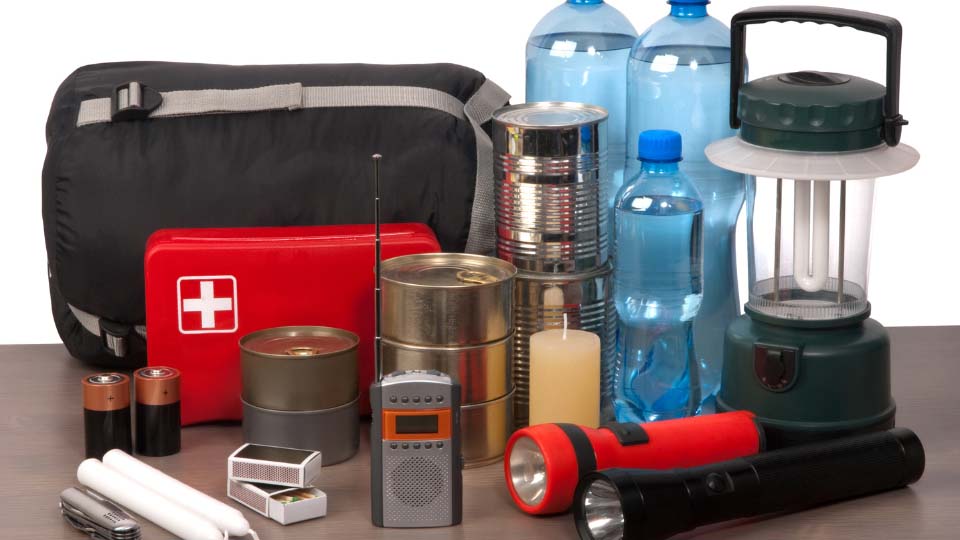Post Flood Food Safety Tips

When in doubt, throw it out is good advice when dealing with food that has been exposed to floodwater. Floodwater may carry silt, raw sewage, oil or chemical waste that make water-damaged foods unsafe to eat. If floodwater has covered, dripped on or seeped into a package of food, discard it. Consider these additional tips for food safety after a flood.
Discard a food item that is moldy or has an unusual look or odor. Keep in mind, however, that color and odor are not always sure ways to test a food’s safety. Some foods may look and smell fine, but if they have been warm too long, they may contain food poisoning bacteria in quantities that can cause illness. Never taste food to determine its safety.
Frozen foods that have partially thawed and still have ice crystals may be safely refrozen. Most once-frozen foods that have been thawed can be cooked and eaten immediately if they haven’t been above 40 F longer than two hours. These foods can be refrozen after cooking.
Cans of food that do not have dents or rust can be saved if handled properly before being opened. For added safety, boil the canned food at least 10 minutes before eating it.
Be sure to wash and sanitize undamaged containers before opening. To disinfect the cans, remove paper labels and wash the containers with a strong detergent solution and brush to remove dirt and silt. This is important since paper can harbor bacteria. Rinse the scrubbed containers and re-label cans with a permanent marker. Thorough removal of dirt and silt and rinsing are extremely important since the disinfecting action of the next step, a chlorine solution, is diminished by any substance left on the containers.
Immerse the clean, rinsed cans in a lukewarm (75 to 120 F) solution of chlorine for two minutes. Use 2 tablespoons of 5 percent chlorine bleach per gallon of water. Chlorine loses its effectiveness when it is in a solution and open to the air or when it comes in contact with unclean materials, so it is important to change the solution frequently. Remove the cans from the bleach solution and allow to air dry before opening or storing. Use disinfected cans as soon as possible since they may rust.
Wear rubber gloves to protect your hands during the disinfection process. Strong detergent and bleach solution can be hard on bare hands. Wash all dishes and utensils in hot soapy water with a brush to remove dirt. Sanitize glass, ceramic and china dishes, glass baby bottles and empty canning jars using the same method for undamaged cans. Dishes with deep cracks should be thrown away. Metal pans and utensils can be disinfected by immersing them in water and boiling for 10 minutes.
Kitchen utensils made of iron will likely be rusted. Remove the rust by scouring with steel wool. Disinfect with the bleach solution and re-season. To do this, apply a light coat of unsalted fat or oil and place in a 350 F oven for about an hour.
Food poisoning can be serious and even deadly. If you have concerns about the safety of food that has been exposed to floodwater, proper handling of the food is very important. If you are not able to take the time to clean and disinfect canned items, utensils and dishes, it is best to throw them away.
If you have questions or concerns about food safety issues, contact your local USU Extension office.
June 20, 2005
Utah State University Extension
Authors
Adrie Roberts
Related Research




